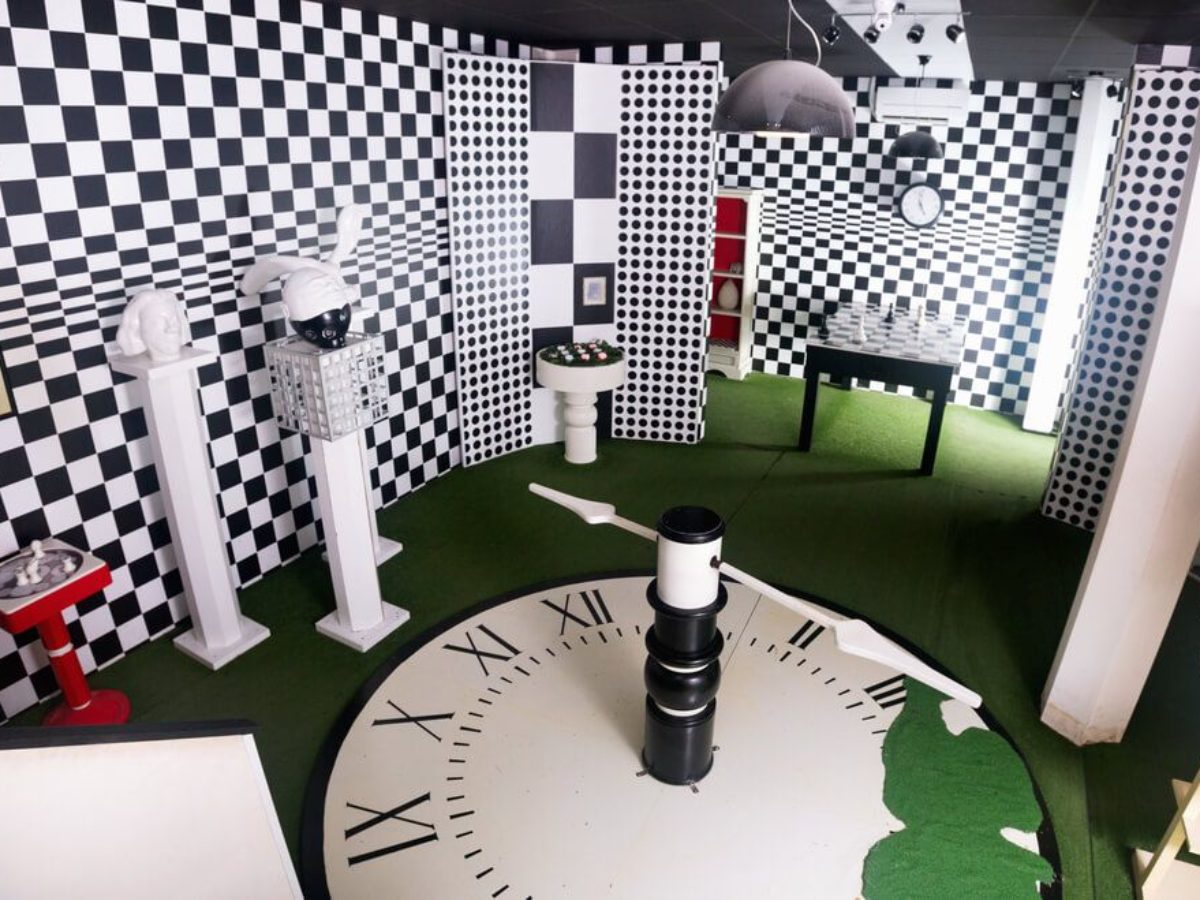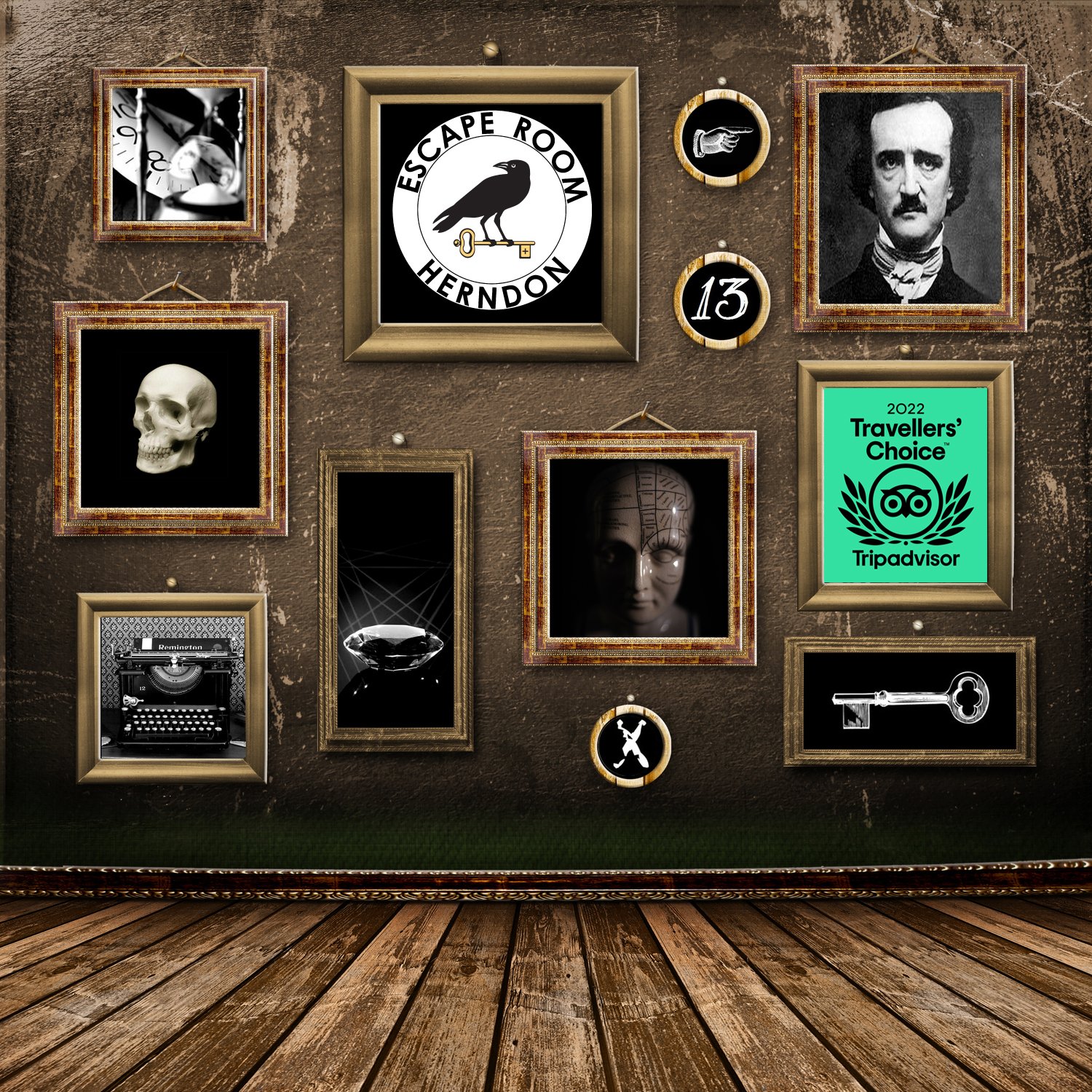Unlock Hidden Clues and Escape the Space Before Time Goes Out
The appeal of retreat areas exists in the intricate dancing between intelligence and time restraint, where participants need to understand hidden clues to protect their leave. Equally crucial is the duty of smooth group communication, as sharing viewpoints can typically brighten paths that specific initiatives may forget.
Understanding Escape Space Technicians
Recognizing the technicians of an escape space is fundamental for both individuals and developers (escape room boise idaho). At its core, an escape space is a physical adventure game in which players address a collection of problems and riddles utilizing clues, hints, and strategy to complete the goals handy. Usually, players are provided a set time restriction to introduce the secret story hidden within the spaces

Problems have to be testing enough to be engaging but not so intricate that they end up being aggravating. Efficient retreat room technicians pivot on this fragile balance, making sure an enjoyable and intellectually promoting experience for all participants.
Essential Puzzle-Solving Methods
Understanding necessary puzzle-solving methods is important for attaining success in retreat areas. One foundational technique is to thoroughly look the area upon access.
This helps in allocating time and resources successfully. Usually, first hints lead to succeeding challenges, forming a chain response of options.
Maintaining a clear record of uncovered clues and tried remedies is critical. Use a main place, such as a white boards or note pad, to write down findings and progress. This not just supplies an aesthetic help but also protects against redundant efforts, making sure that every employee understands the current status.
Last but not least, employing logical reasoning and pattern recognition can substantially enhance puzzle-solving effectiveness. Lots of problems are created to examine these cognitive skills. Recognize typical patterns, such as mathematical series or color codes, and use deductive reasoning to break complex difficulties. Proficiency of these techniques can substantially improve the possibility of a successful retreat.
Reliable Group Interaction
Reliable team interaction is extremely important in navigating and fixing the obstacles offered in retreat spaces. Succinct and clear exchange of details guarantees that all staff member are on the very same page, stopping misunderstandings and redundant initiatives. Each individual should be encouraged to vocalize their monitorings and concepts immediately, as even small information can be essential in unlocking the next action.
Designating particular roles based upon private staminas can optimize team performance. As an example, one person may organize noting down clues, while another concentrates on putting together physical problems. boise escape room. This organized technique decreases turmoil and enhances sychronisation
Active listening is an additional important component. Team participants should pay very close attention to the insights and suggestions of others to take advantage of collective intelligence successfully. Interruptions and speaking over one an additional can cause missed hints and lost time.
Non-verbal communication additionally plays a substantial function. Gestures, eye contact, and body movement can convey seriousness or draw attention to certain locations or things within the room. By preserving a well Discover More balanced use non-verbal and verbal hints, groups can browse the complex landscape of getaway space tests extra efficiently, maximizing their possibilities of success within the allocated time.

Common Obstacles and Mistakes
While efficient team communication lays the groundwork for success in getaway spaces, a number of typical obstacles and mistakes can still hinder progress. Among one of the most constant obstacles is the propensity to overcomplicate challenges. Participants frequently assume solutions are more elaborate than they are, overlooking uncomplicated solutions. This can lead to squandered time and raised aggravation.
Another substantial risk is the lack of systematic company - boise escape room. Objects and ideas discovered early on can be neglected or lost, bring about confusion. Establishing a technique for tracking findings, such as marking certain locations for fixed and unsolved hints, can minimize this problem
Passage vision, where individuals infatuate on a single job or idea, likewise postures a significant obstacle. This narrow emphasis can prevent the team from seeing the bigger picture and acknowledging brand-new chances for progression. It is necessary to occasionally reassess the situation and motivate fresh perspectives.
Additionally, insufficient time monitoring is an essential obstacle. Teams might spend extreme additional resources time on one problem, neglecting others that may be extra solvable. Assigning time frame for different tasks and staying knowledgeable about the overall countdown can help in much better handling this facet. By recognizing these typical obstacles, groups can much better prepare for and navigate the intricacies of retreat areas.
Enhancing Your Escape Room Skills

Essential reasoning and analytical abilities are essential. Retreat spaces frequently existing complicated problems that need logical thinking and lateral thinking. Technique by participating in tasks that challenge your cognitive professors, such as brainteasers or method games.
Time monitoring is one more crucial ability. Assigning time judiciously throughout various jobs and recognizing when to relocate on from a particular problem can avoid traffic jams. Set interim objectives and periodically reassess your development to remain on track.
Furthermore, focus to detail can not be overemphasized. Retreat rooms are created with details that demand a keen eye. On a find here regular basis check the atmosphere for refined hints or abnormalities that can be pivotal to your escape.
Finally, flexibility and resilience are important. Getaway areas can be unpredictable, requiring a versatile mindset. Embrace problems as finding out possibilities and preserve a favorable perspective to maintain the group encouraged and concentrated.
Final Thought
To conclude, understanding an escape space necessitates a complete understanding of its mechanics, the application of tactical puzzle-solving strategies, and the fostering of efficient team interaction. By acknowledging common barriers and risks, participants can much better browse the complexities of the setting. Constant ability enhancement in these locations not just augments the possibility of success but additionally enhances the total experience, promoting a rewarding mix of collaboration and essential thinking.
Efficient team communication is paramount in browsing and solving the difficulties presented in getaway areas. By preserving a well balanced usage of non-verbal and verbal cues, teams can browse the complicated landscape of escape space challenges extra efficiently, optimizing their possibilities of success within the allocated time.
While effective team interaction lays the groundwork for success in escape spaces, numerous common challenges and challenges can still hinder development. By recognizing these usual obstacles, groups can better prepare for and browse the intricacies of escape rooms.
In final thought, understanding an escape space requires a thorough understanding of its auto mechanics, the application of strategic puzzle-solving methods, and the promoting of effective group interaction.